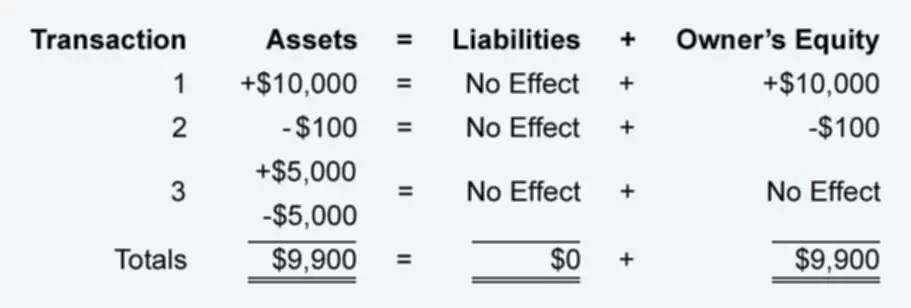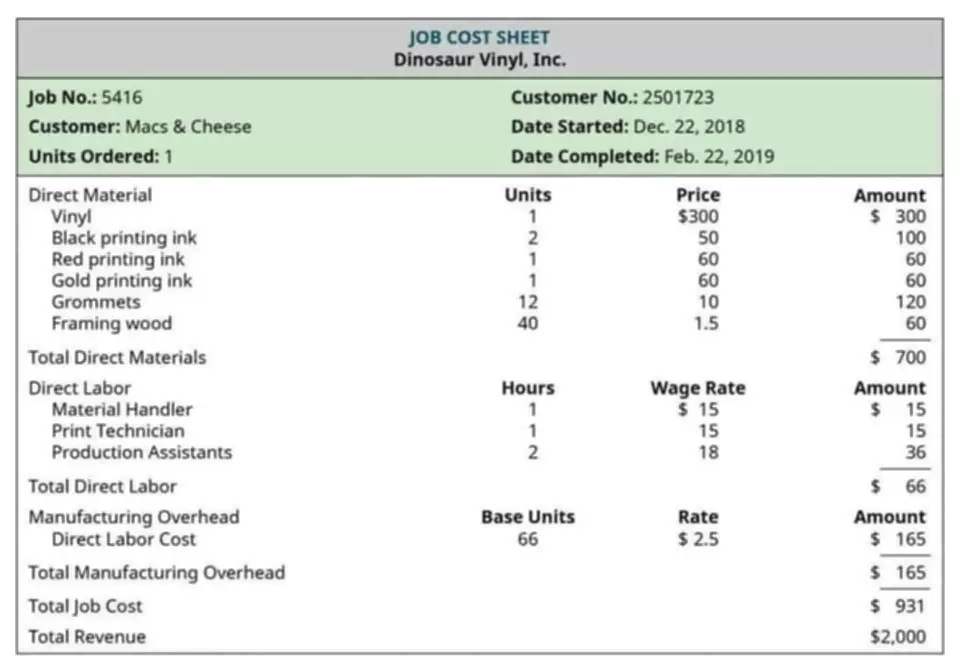Content

Metrics are crucial for business planning, making informed decisions, defining strategic targets, and measuring performance. Pacioli did not invent the methods he wrote about in Summa de Arithmetica, but instead, summarized and published for the first time the practices used by Italian merchants of the Renaissance. For example, you overpaid your electric bill in error last month, and you receive a refund of https://www.bookstime.com/ $200.00 from the electric company. Many or all of the products here are from our partners that pay us a commission. But our editorial integrity ensures our experts’ opinions aren’t influenced by compensation. Our company was able to raise $1 million in cash, reflecting an “inflow” of cash and therefore a positive adjustment. The next transaction in our example involves a $20,000 credit sale to a customer.

Your liabilities increase because you will need to pay your creditor back. This is why you need to record two entries for each transaction instead of just one. Additionally, the same transaction would require a credit to the other account involved in the transaction. The business also paid its electric bill, but it is not clear whether the business still has a balance with the electric company or not.
Because the business has accumulated more assets, a debit to the asset account for the cost of the purchase ($250,000) will be made. To account for the credit purchase, a credit entry of $250,000 will be made to notes payable. The debit entry increases the asset balance and the credit entry increases the notes payable liability balance by the same amount. A journal entry refers to the record you’ll make in your general ledger for every financial transaction. Some accounting software, like Xero and QuickBooks Online, automatically generate journal entries for your GL each time you accept a payment or pay a bill. Other software, such as Zoho Books’ free plan, requires you to make manual journal entries. If your credit entries don’t match your debit entries, you’ll likely need to identify the accounting error and then make an adjusting entry to bring your books back into balance.
It is clear from the above discussion that every transaction is to be recorded in two accounts – one is debited, and the other is credited. Method Of AccountingAccounting methods define the set of rules and procedure that an organization must adhere to while recording the business revenue and expenditure. Cash accounting and accrual accounting are the two significant accounting methods. Nominal AccountsNominal Accounts are the general ledger accounts which are closed by the end of an accounting period. Their balance at the end of period comes to zero so they don’t appear in the balance sheet. Is recorded in a minimum of two accounts, one is a debit account, and another is a credit account. Also, the transaction should be balanced, i.e., the credit amount should be equal to the debit amount.
Starting your own creative business might sound like a lot of fun. However, as you get into its intricacies, it can often become increasingly complicated. Starting a new business can be both exciting and intimidating at the same time.
3 Different types of accounts in accounting are Real, Personal and Nominal Account.
Most of these business expenses comprise major cash transactions and disbursements. Sole proprietors and small partnership firms generally use the single-entry system of recording transactions.
As a business owner, you need to understand which accounts will be credited and which ones will be debited when a transaction occurs. On the other hand, credits reduce the value of assets that your business possesses. The total double entry accounting debits and credits in an accounting system must always be equal just like the equation itself. Double-entry accounting and double-entry bookkeeping both use debits and credits to record and manage financial transactions.
Together, they represent money flowing into and out of your business — as one account increases, another has to decrease. A transaction that increases your assets, for example, would be recorded as a debit to that particular assets account. On the flip side, that transaction would also get recorded as a credit in another account. Credits increase revenue, liabilities and equity accounts, whereas debits increase asset and expense accounts. Debits are recorded on the left side of the page and credits are recorded on the right. The sum of every debit and its corresponding credit should always be zero.